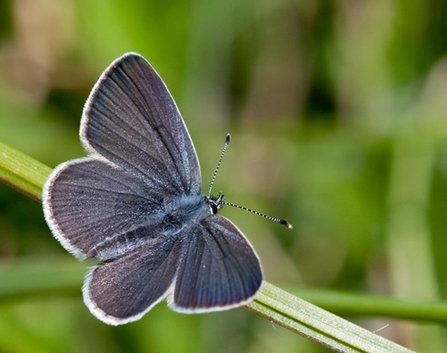As World Wildlife Day (WWD) falls a few weeks before spring, you are guaranteed to see eager bulbs blooming, witness longer and brighter days, hear more birdsong and the buzzing of bees than even just a week before. It’s a welcome relief to be able to finish work and still have time to have a walk before the sun sets.
During lockdown we have been spending so much time indoors, nature and wildlife have become a sanctuary for many people. With the lifting of restrictions announced, it’s a beacon of hope that this summer will be filled with fantastic wildlife adventures. So why not start to discover wildlife in your city?



